Rest in Peace
Photographing in the Shadow of Death
2005
Last night I participated in the candlelight memorial vigil for the shooting victim, Patrick Duffy, on Hawkin Street in Providence. He was shot by a Providence police officer. The street corner was filled with many hushed conversations of shock, disbelief, and anger. In the darkness illuminated by the lights of passing cars, candles were lit, photographs were hung from tree branches, food was presented, and personal articles were stapled to the telephone poles. His sister read an endearing poem of love lost, remembrance, and eternal hope. The profoundly sad and healing ritual of mourning had begun.
What had led me to photograph and participate in these tragic moments of violent death, these periodic reminders of how fleeting and fragile our lives are? It happened three years ago while driving through South Providence when I came across a scene that was filled with the mystery and power of a timeless ritual. The darkened sidewalk was glowing with the light of hundreds of flickering candles. The candles were casting light and shadows upon the faces of the assembled young people. These people were transfixed and transported by the special moment they had created. They were trying to stop time and hold onto a precious person before she faded into memory. The day before a sixteen-year-old girl had been shot dead by someone trying to stop her from testifying before a Grand Jury. A promising life of family and community hope was being remembered. I stopped, joined them, and cried.
Why do these murders occur? So many reasons: gang warfare, drugs and territory, undereducated youth, hopeless ghettos, unsettled immigrants, domestic violence, random violence, drive-by shootings, revenge, executions, passionate men fighting over women, broken families, untreated mental illness, poverty, racism, and on and on.
Over sixty murders have occurred since I started to photograph in the streets of Providence, Pawtucket, and Central Falls. They’ve taken place in downtown clubs, the Chad Brown and Hartford Projects, Manton Ave., Broad St., Elmwood Ave., Friendship St., Pine St., Taylor St., Cranston St., Dexter St., and Charles St. The public response differs in each case, some deaths were not publicly memorialized while others were memorialized with shrines and nurtured for years. The deaths and shrines that I have photographed all had something in common; they all had a community that loved the victim.
This project was never conceived as a project but became one when I realized that by photographing these shrines and the peoples’ relationship with them, the shrines became my personal meditation and caused me to reflect on how to live a better life.

1 Jamone, RIP, Providence,

2 Killed for $14, Providence,

3 Ava
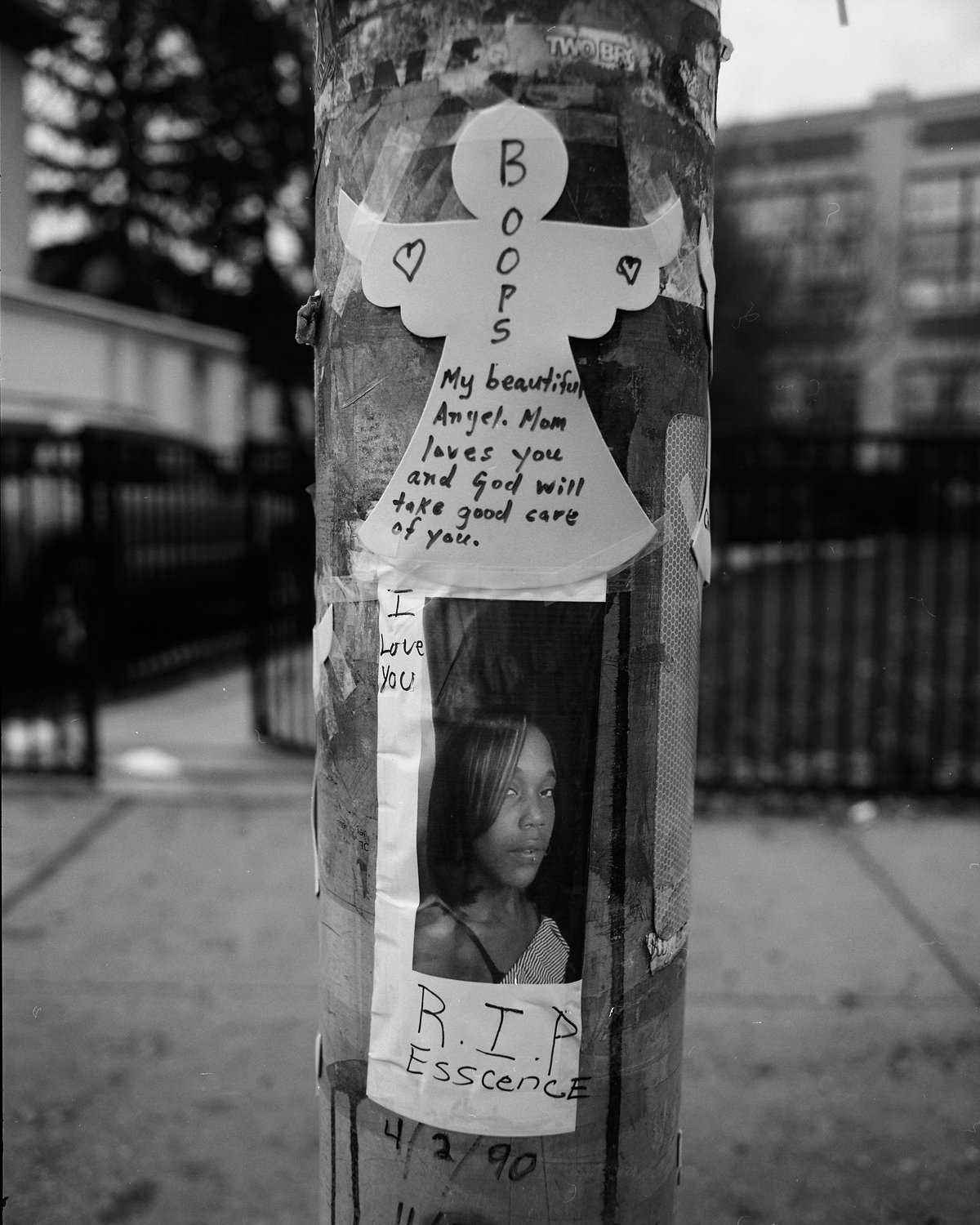
4

5
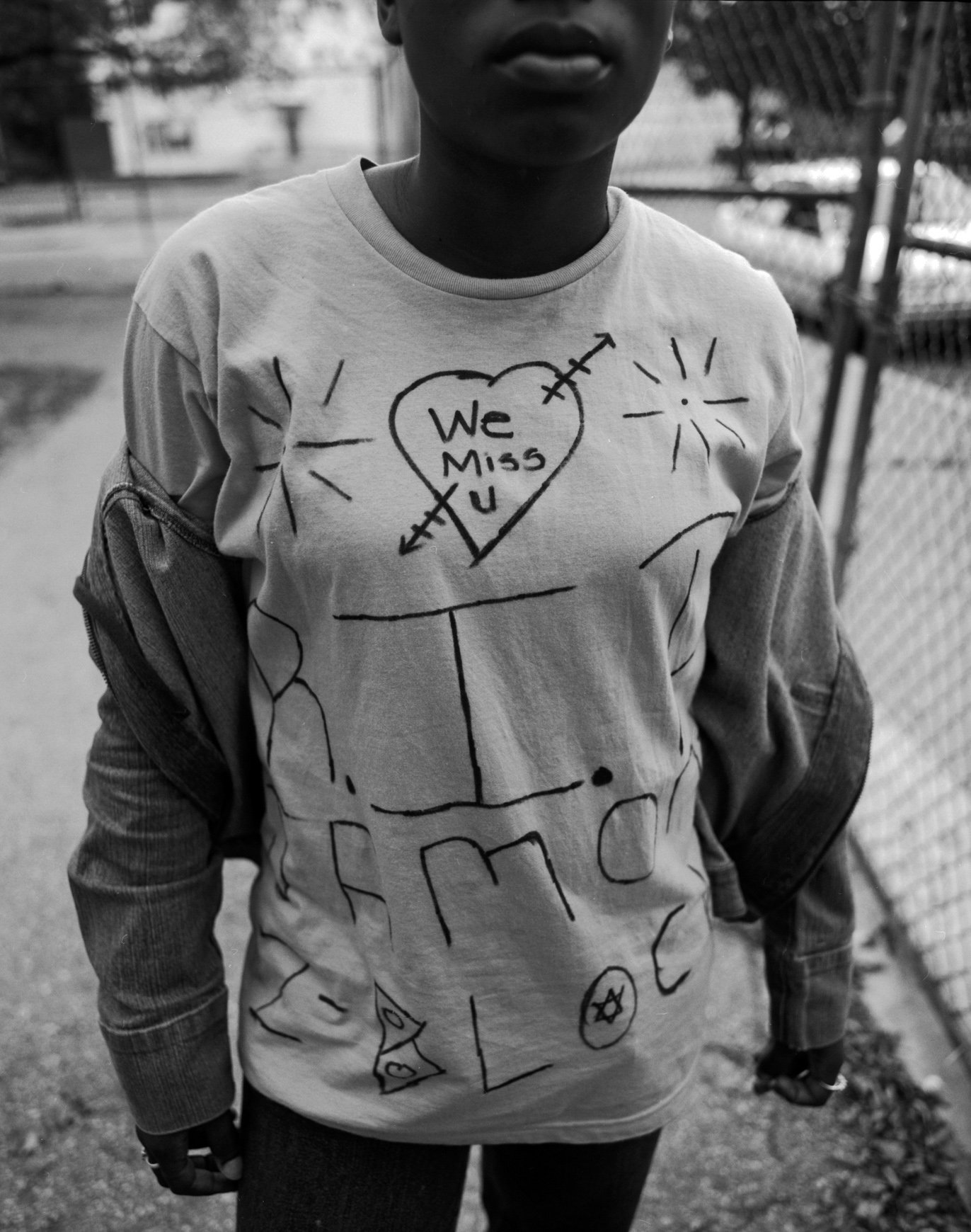
6
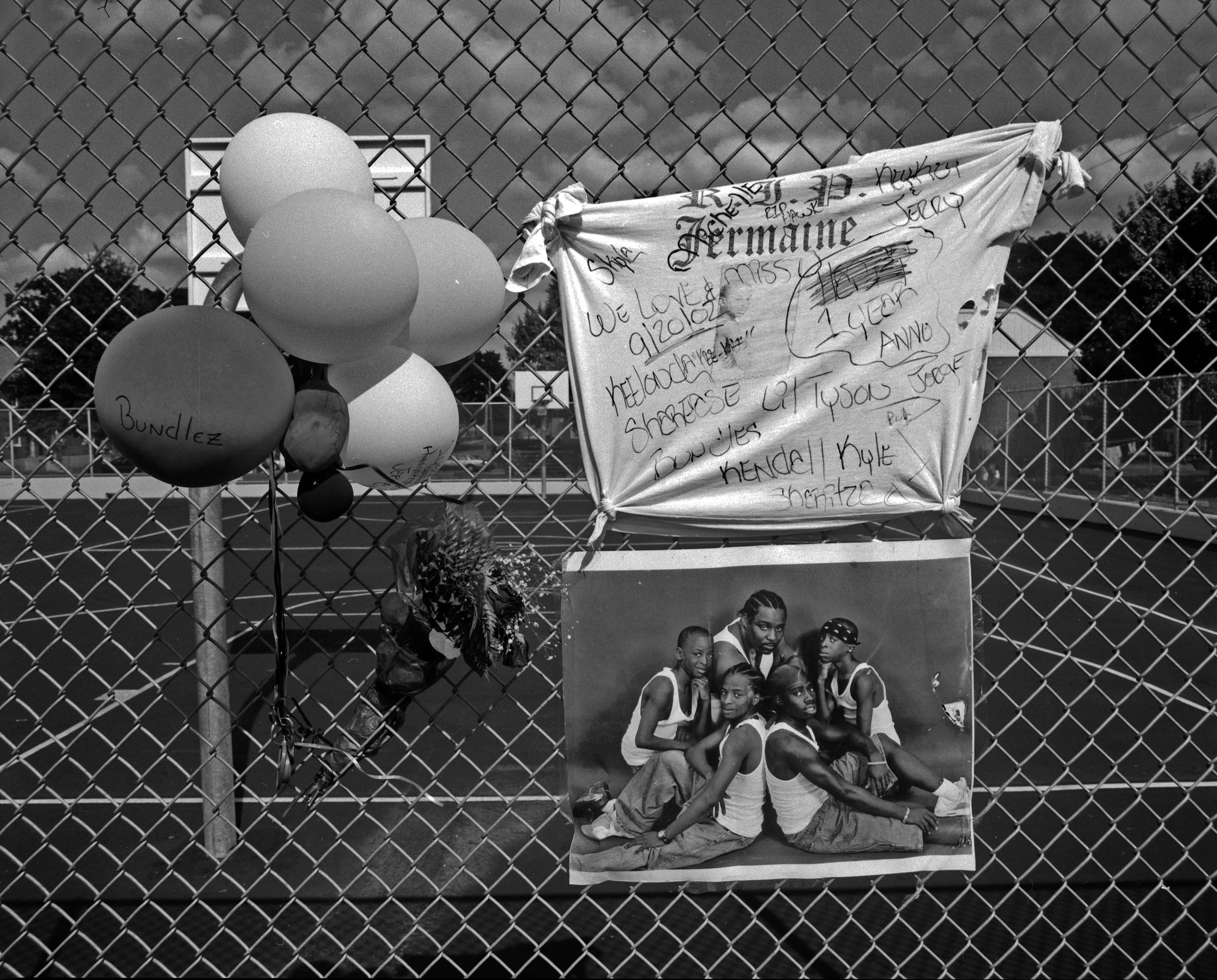
7 Chad Brown projects Providence

8 RIP, kicked to death. Providence

9

10 Fox point, Providence

11

12 West St. killing, Central Falls

13 Fall River, Massachusett

14 Manton ave. Providence
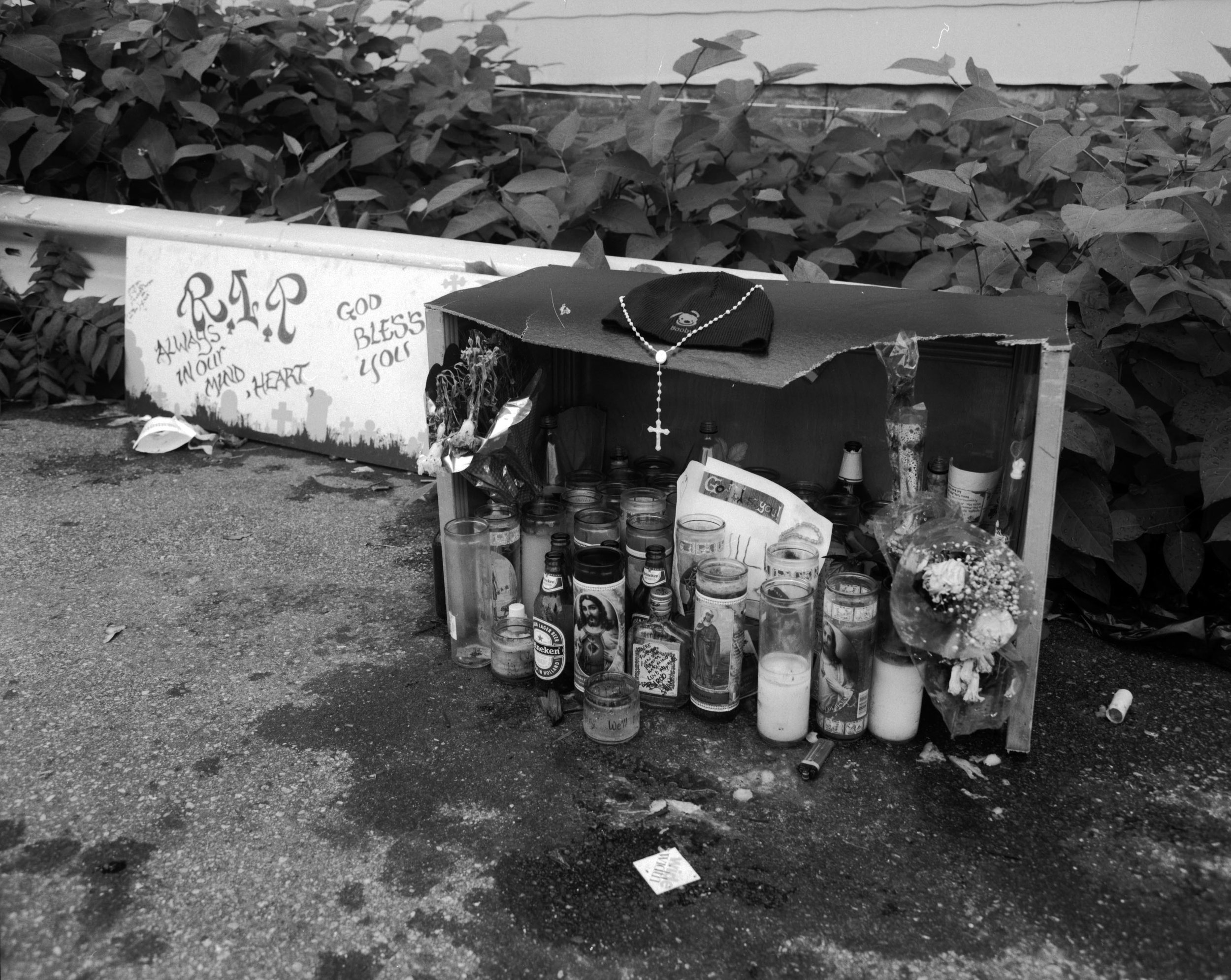
15 Manton ave. Providence
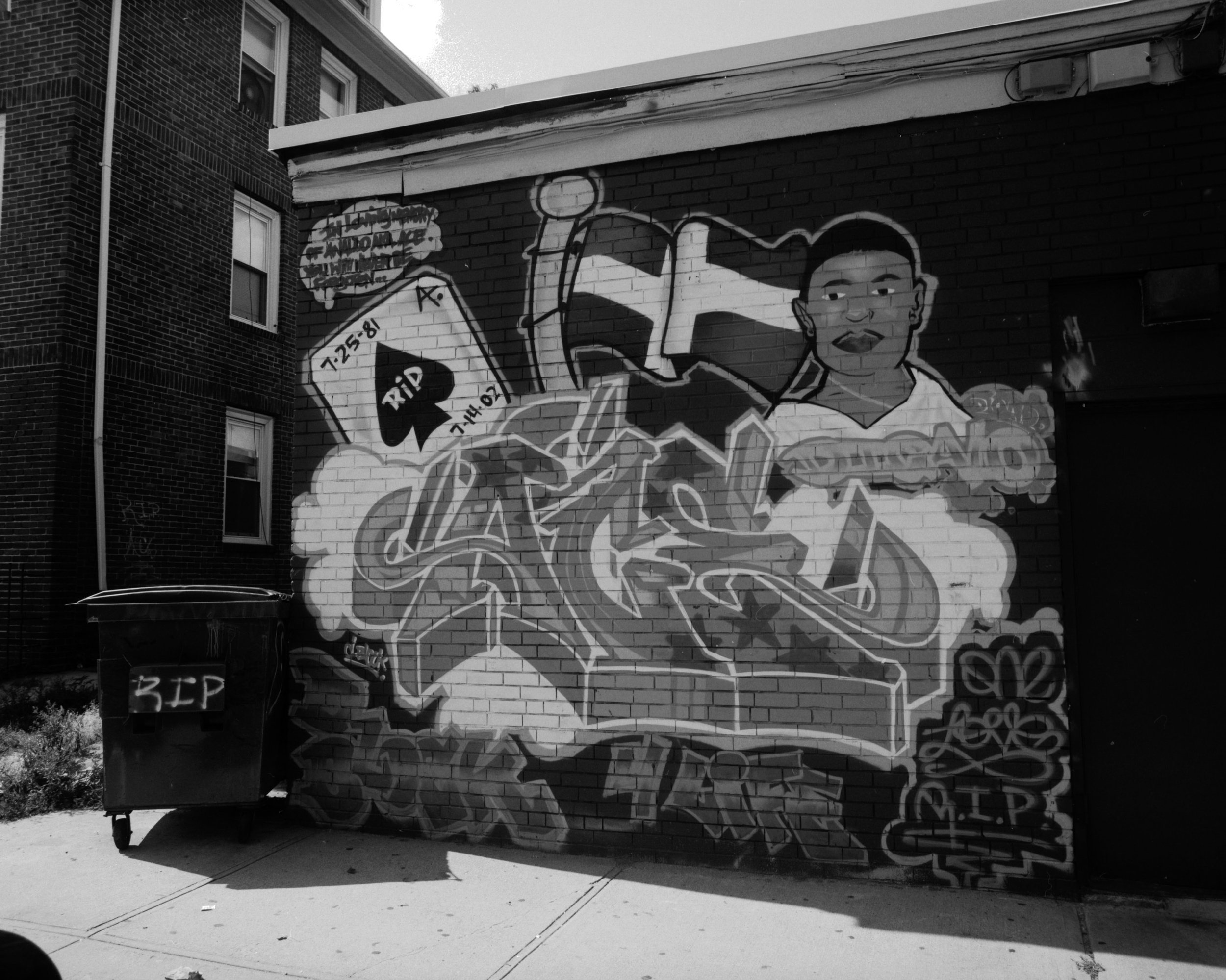
16 Broad St.

17
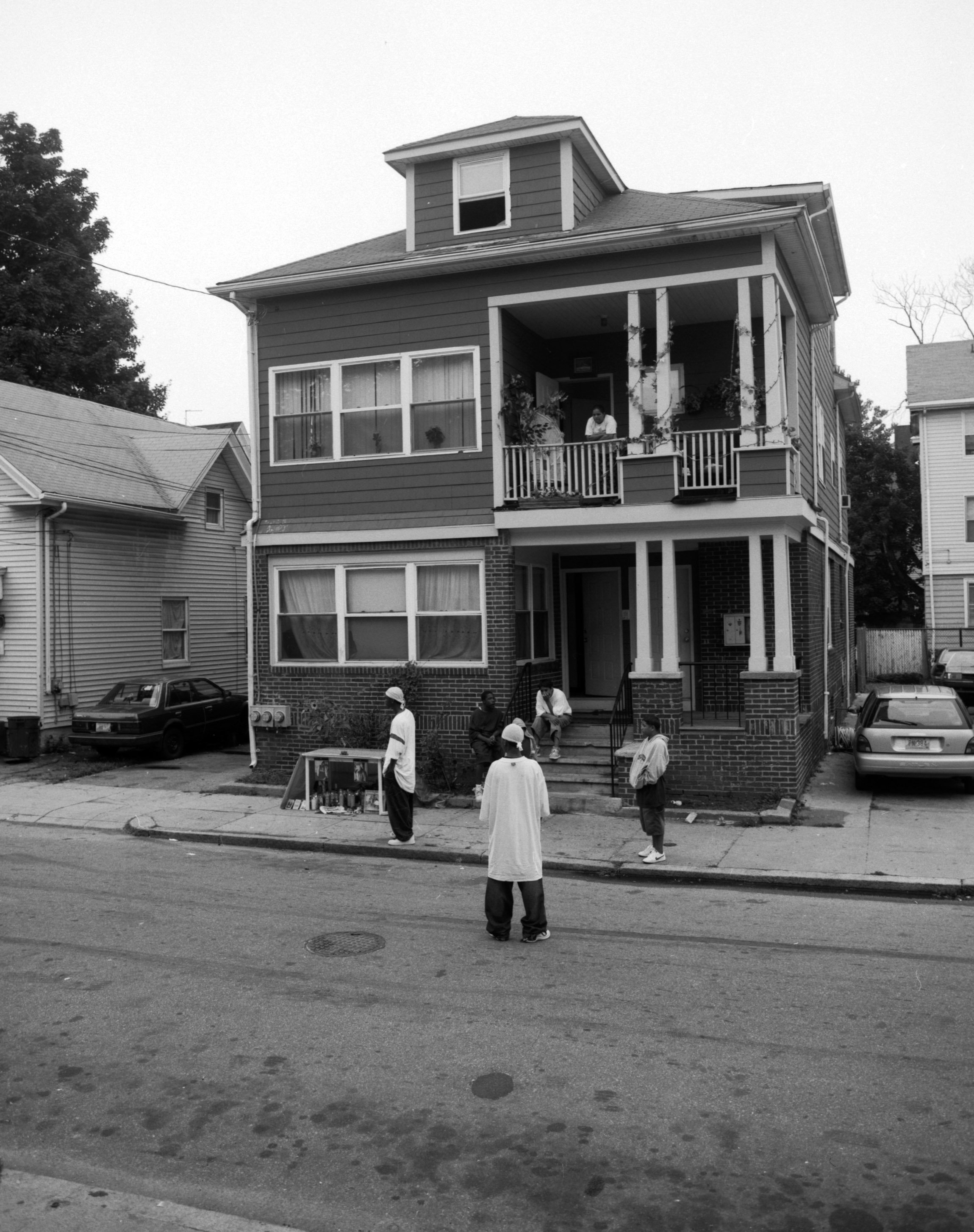
18
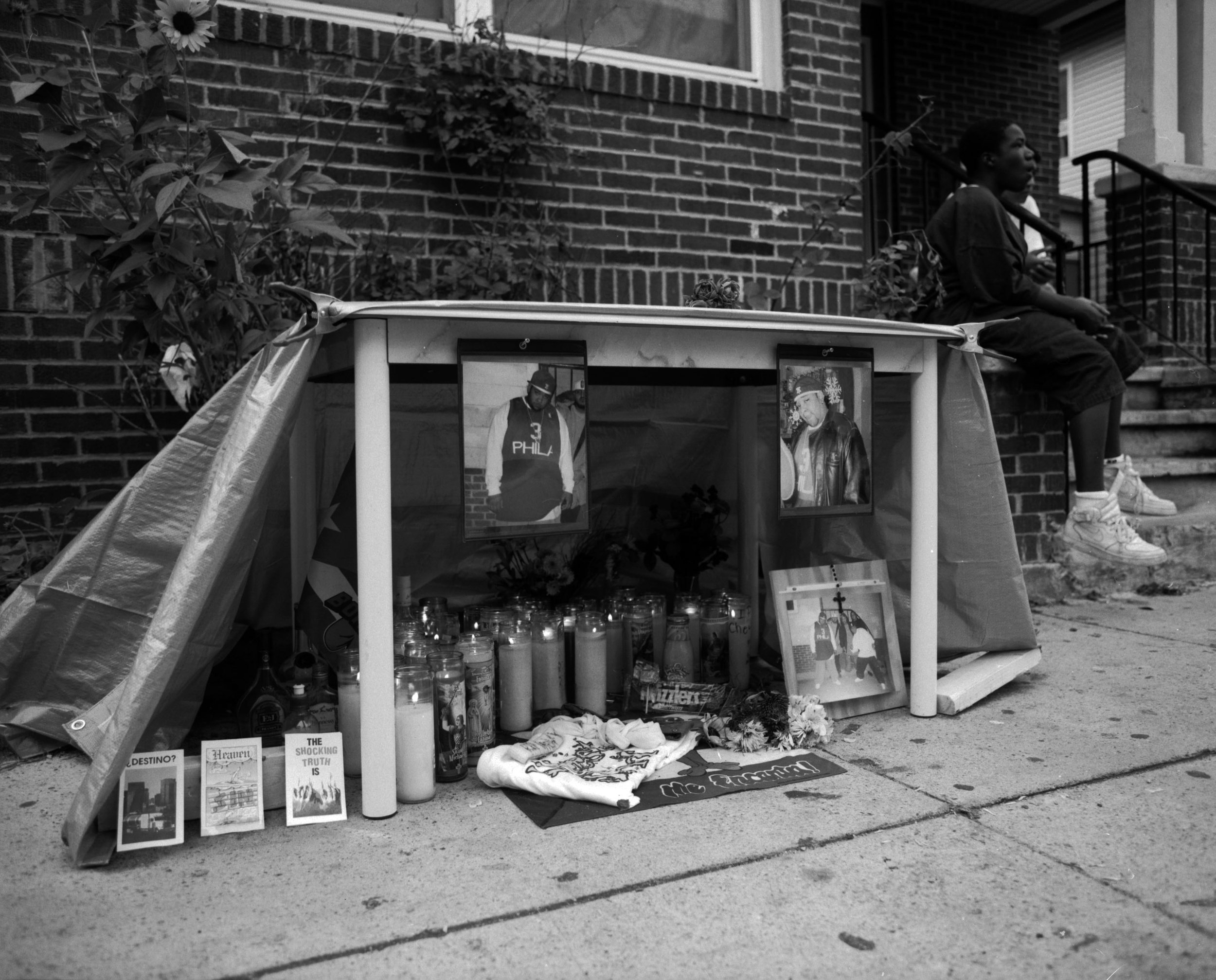
19

20 Broad St. Providence

21 RIP, Brad, Providence

22 Rip, Brad, Providence,
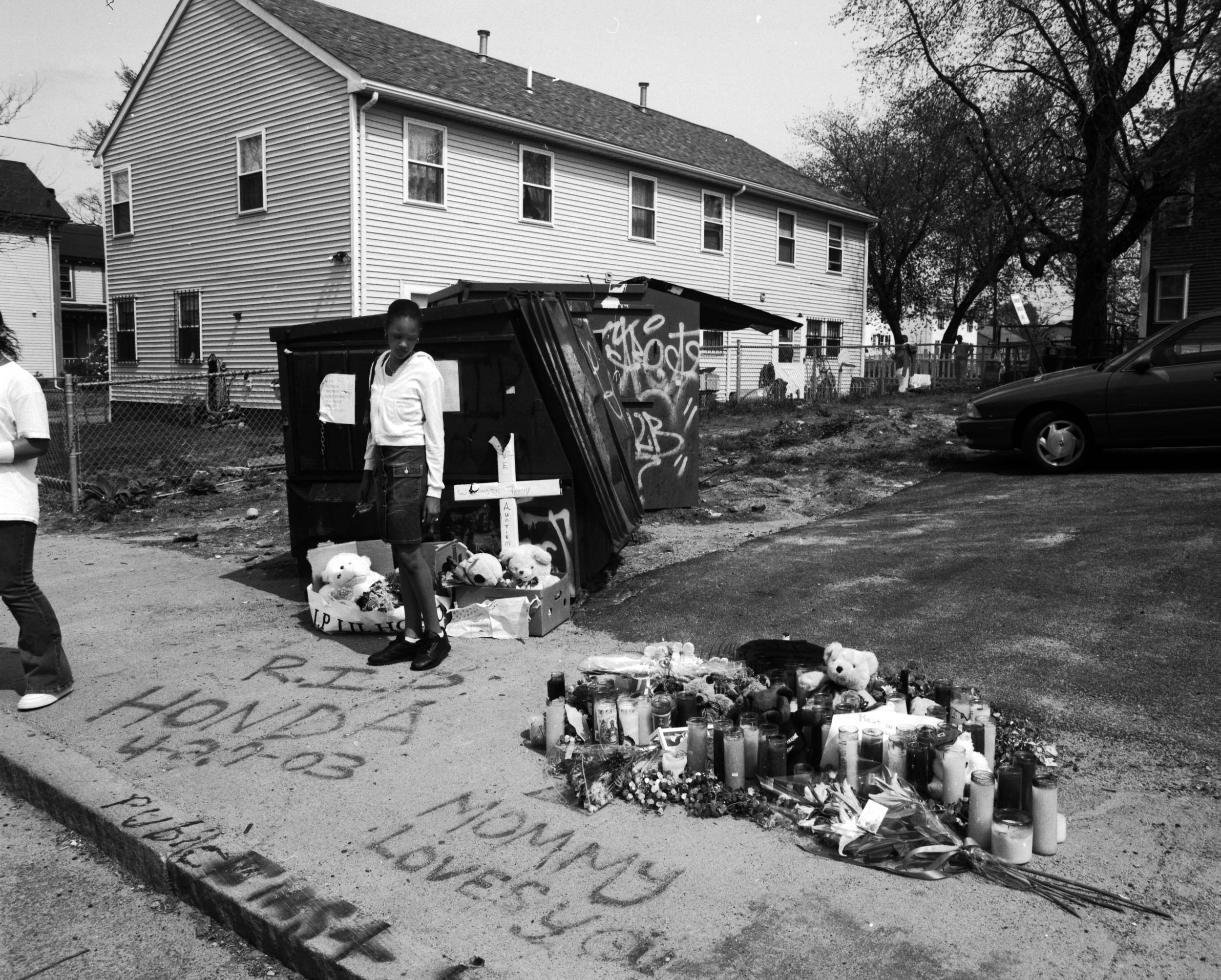
23 Friendship st

24 Friendship street,killing

25 Hartford ave. Providence

26 Hartford ave. Providence

27 Broad st
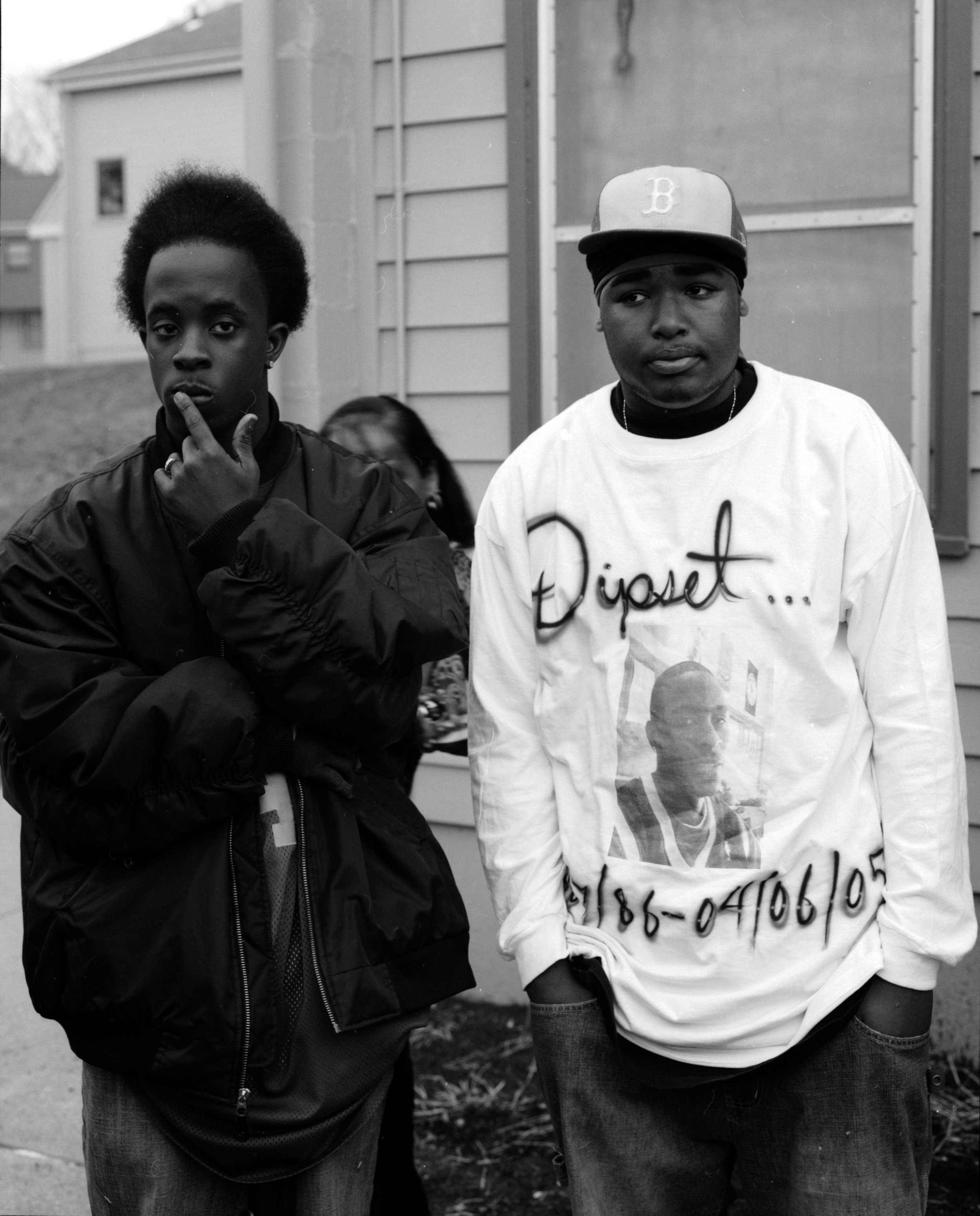
28

29 Central Falls
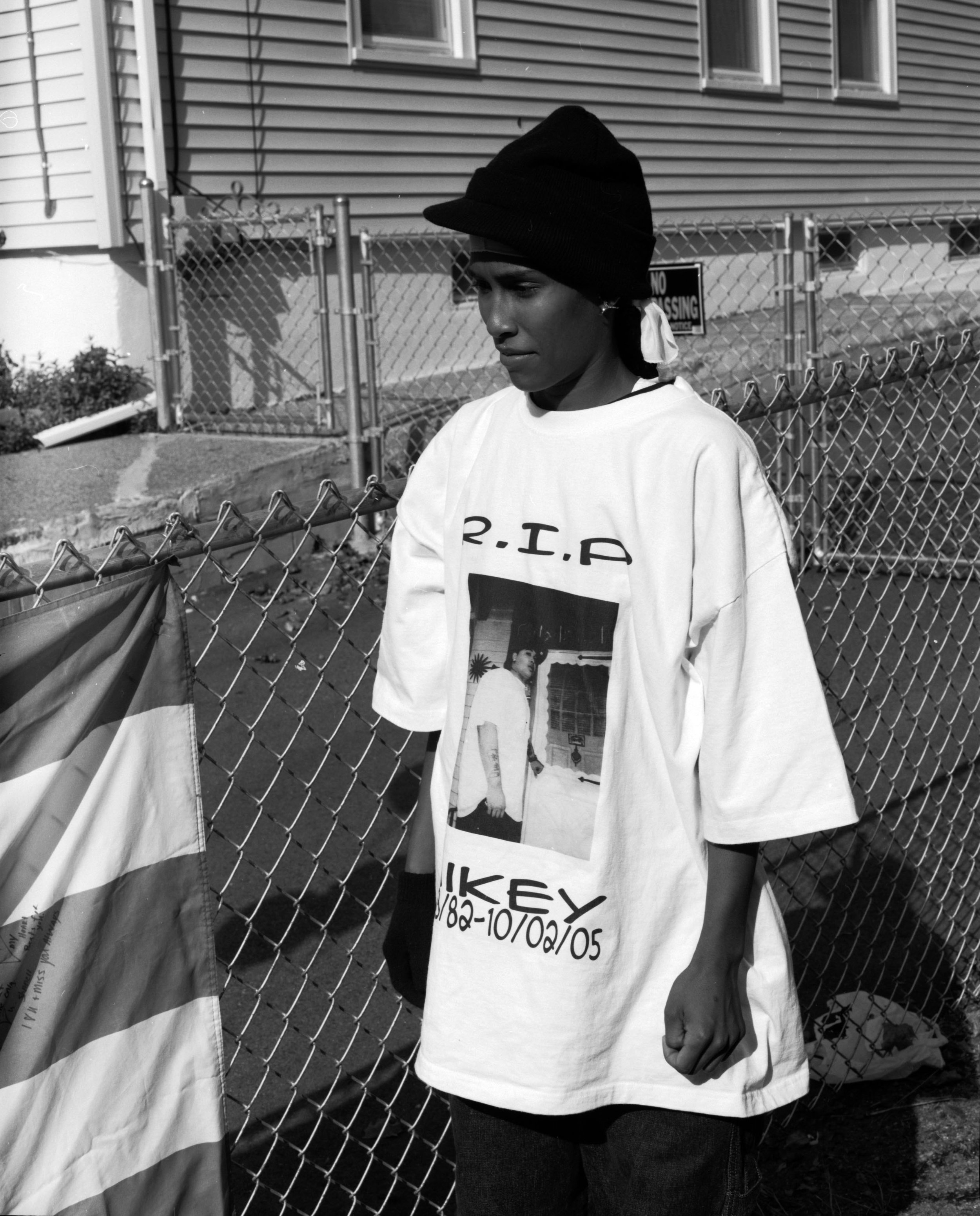
30 Central Falls

31 Central Falls

32 Memorial service, Hartford ave, Providence
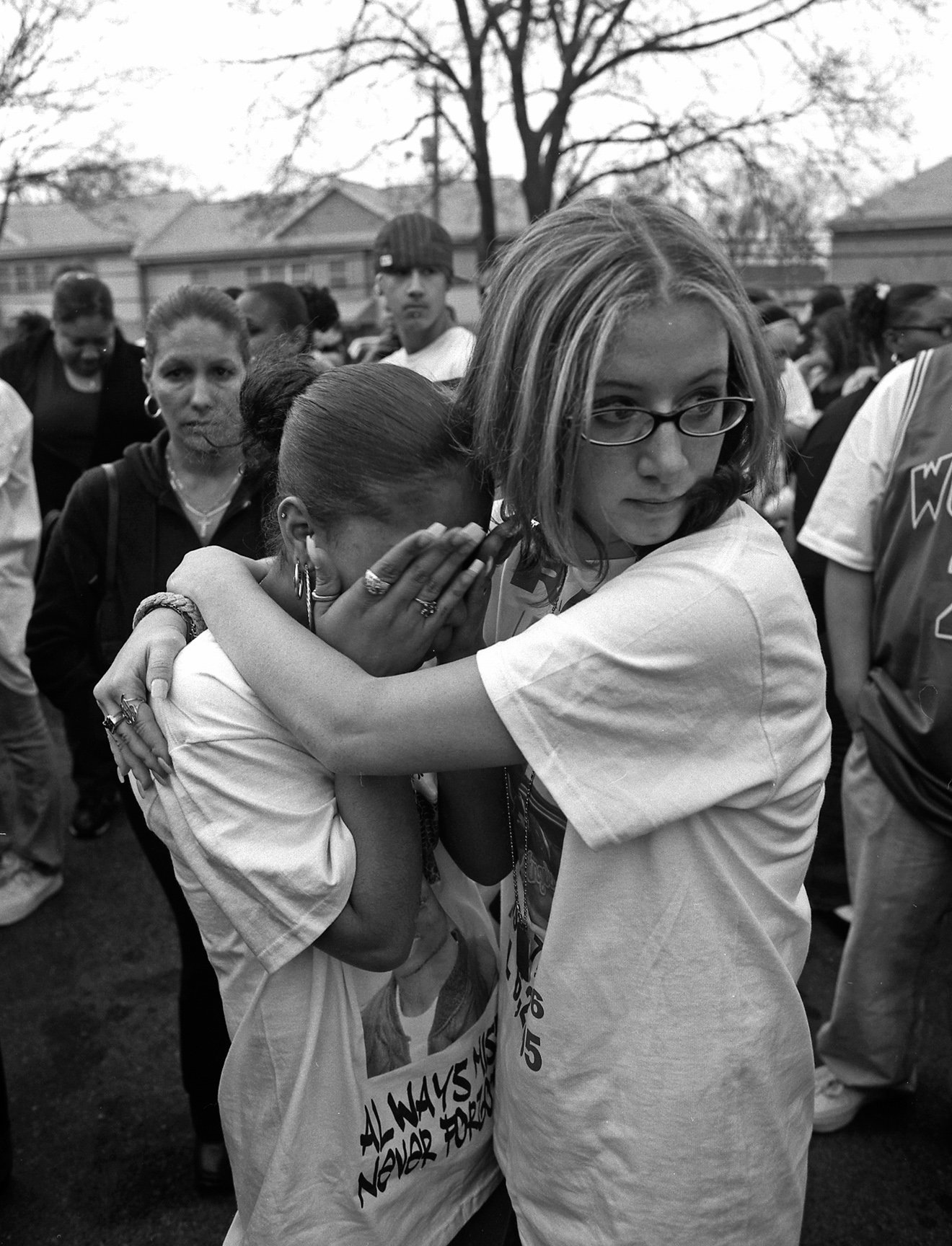
33 RIP. Barry couple crying. Providence

34 RIP, Barry, overcome with grief, Providence,

35 RIP, Barry, Hartford ave, Providence,

36 RIP Barry

37 RIP, Barry, couple embracing, Providence
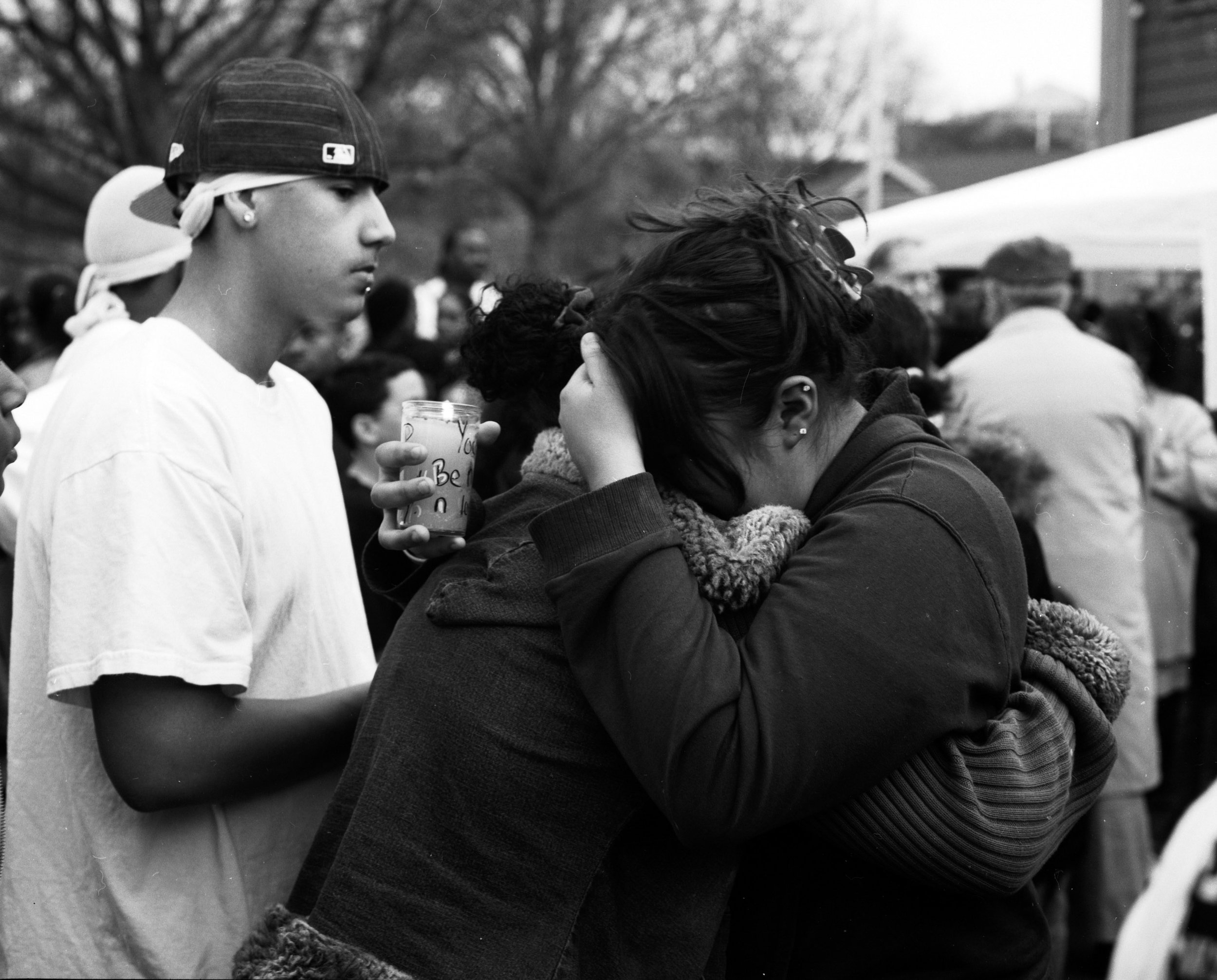
38 RIP Barry

39

40 Remember

41 tThe family of the victim, Providence

42 RIP, We love you,Providence,
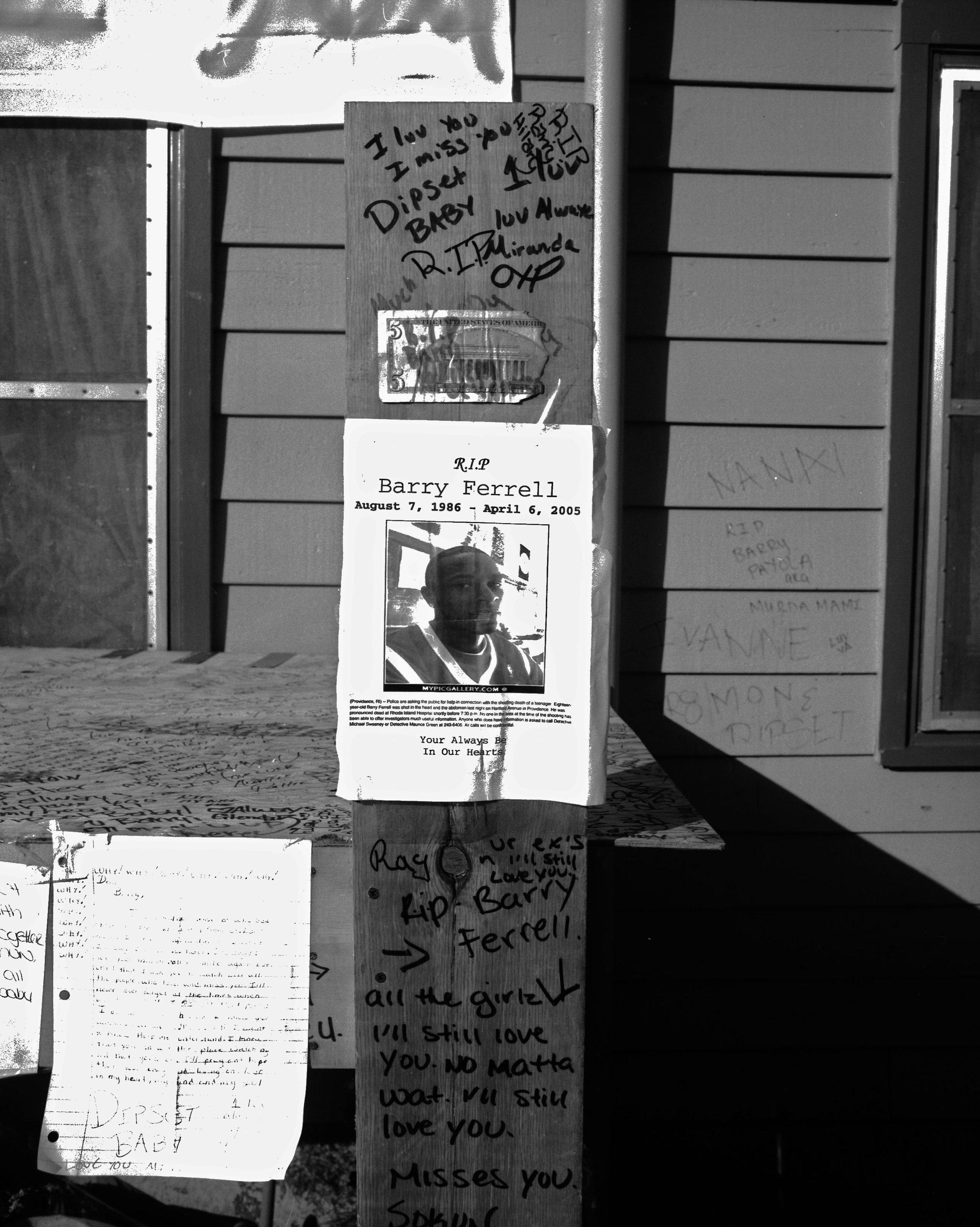
43 I miss you

44 RIP, Barry

45 I love you B
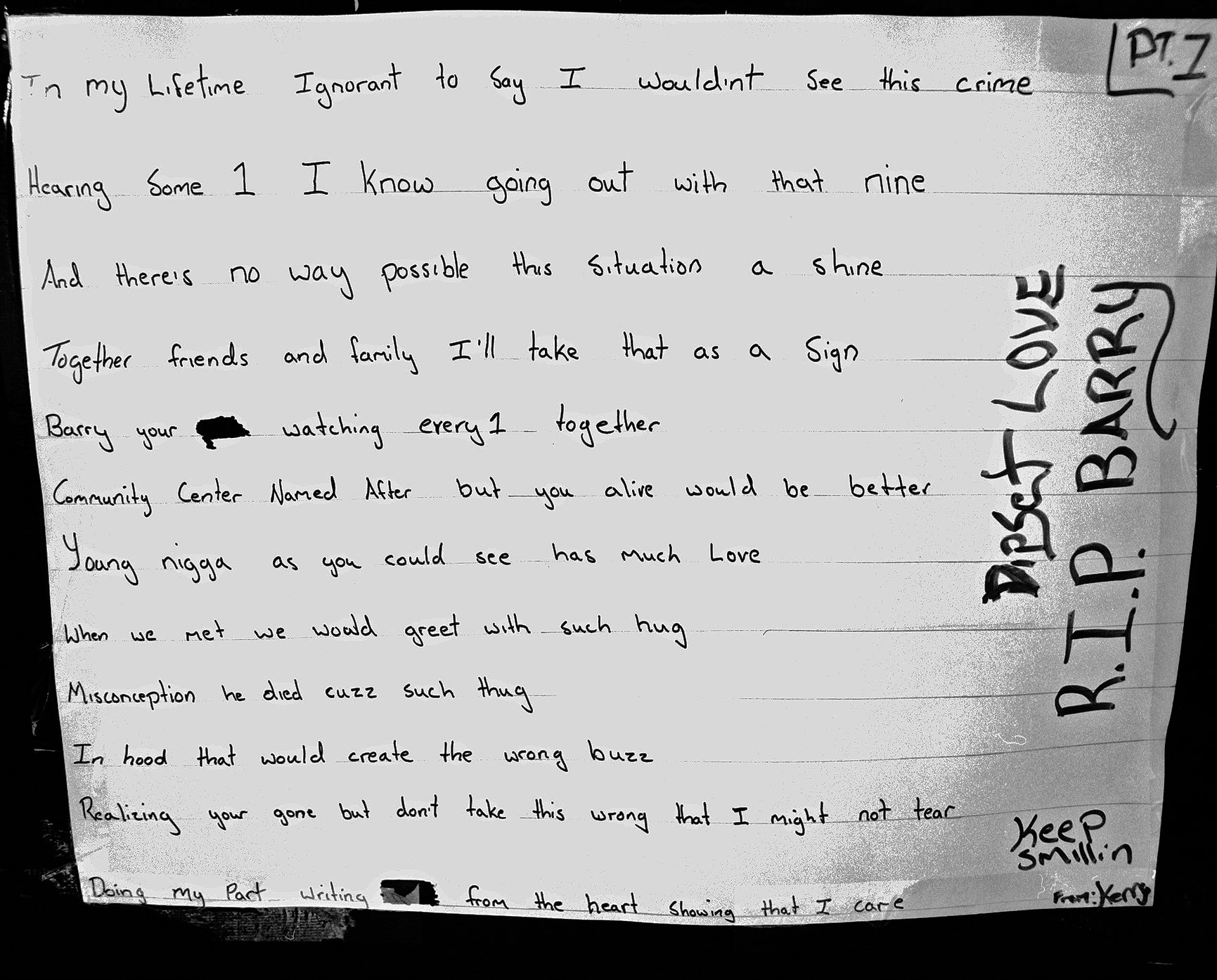
46 Testimony
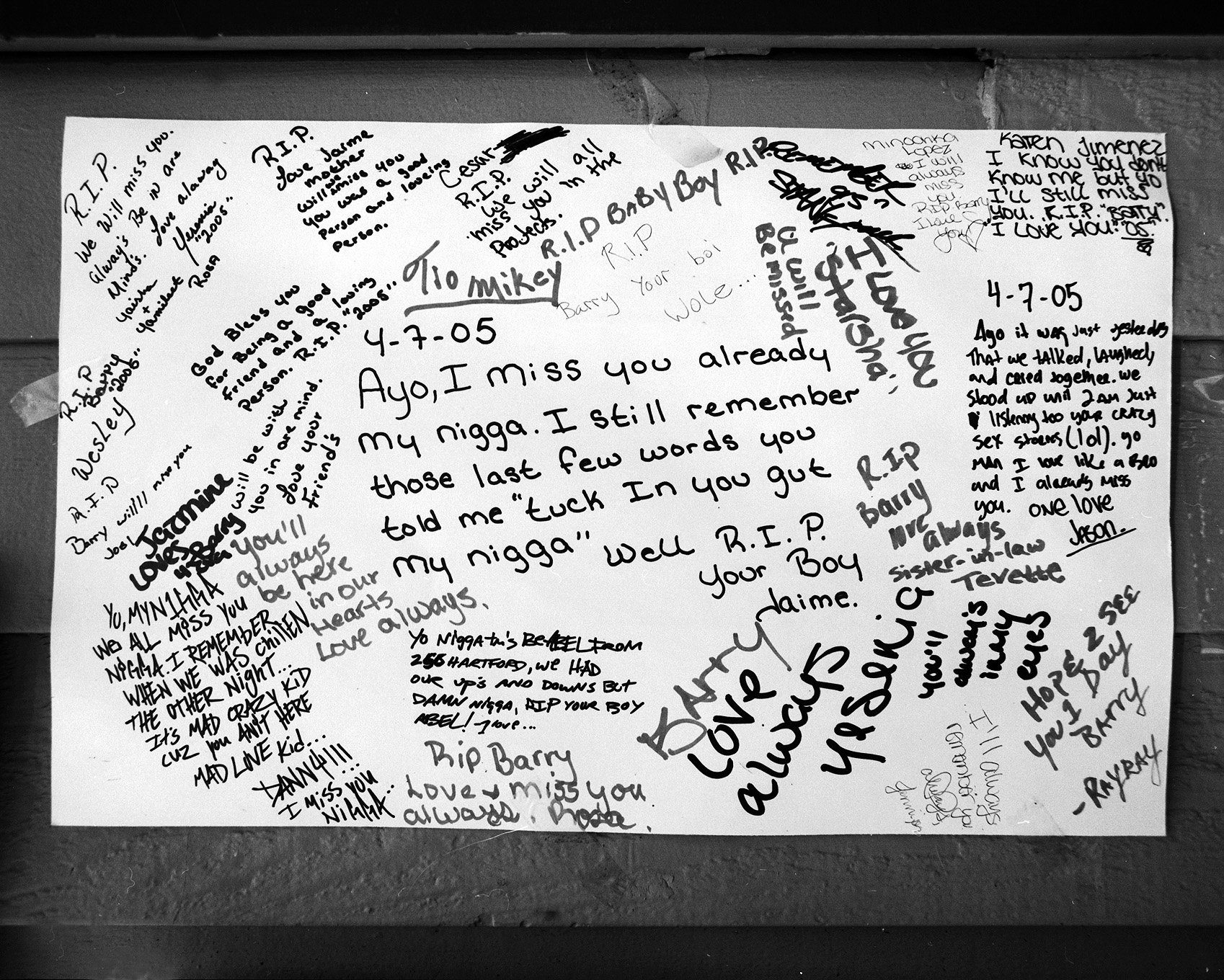
47 Messages to the dead
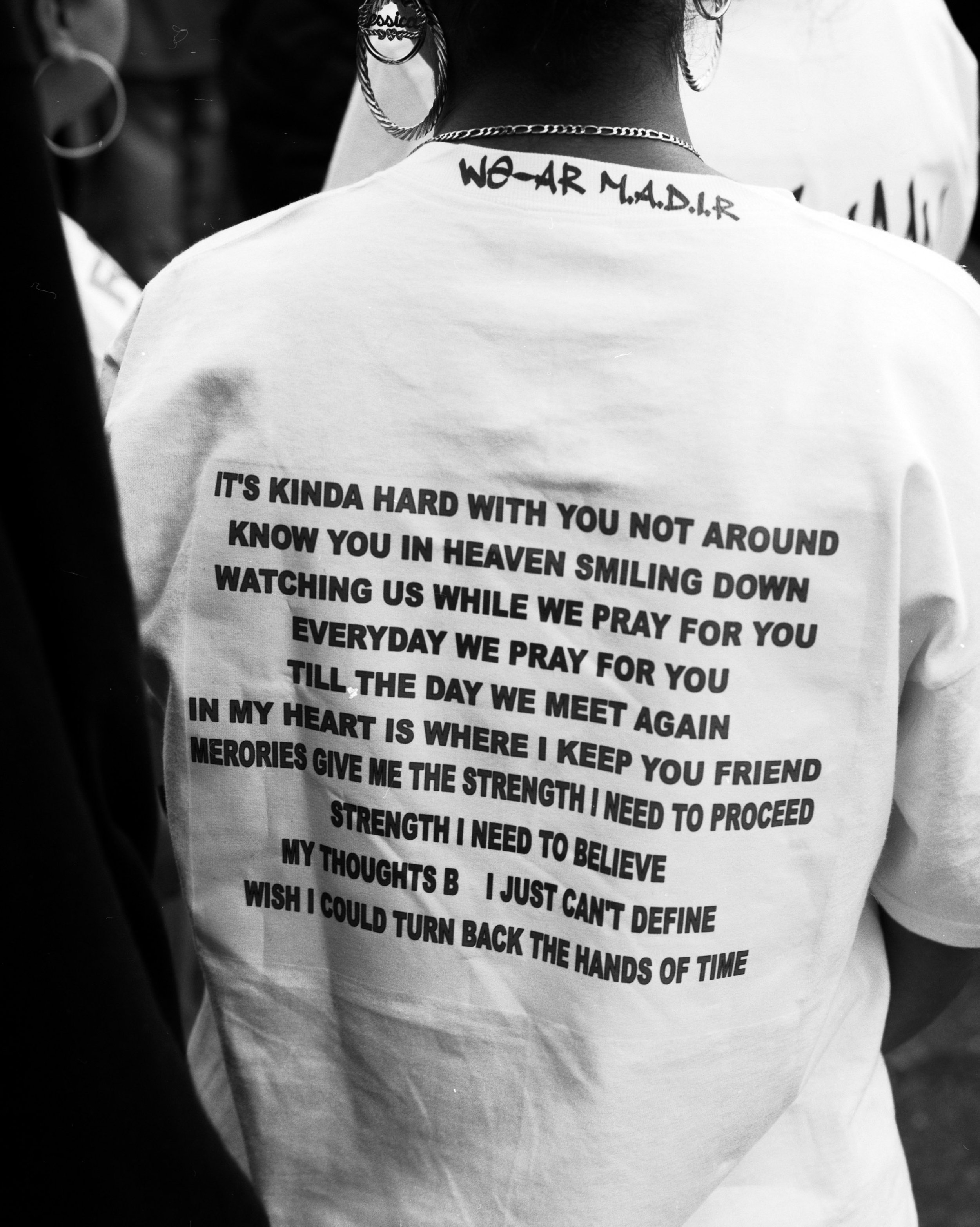
48 Writing about the victim

49 Died a true soldier

50 Dipset

51 Cash

52 My nigga

53 Your spirit still lives

54 AKA

55 Your baby boy

56 Until we meet again

57 The good die young, Providence

58 Station fire one year later. West Warwick